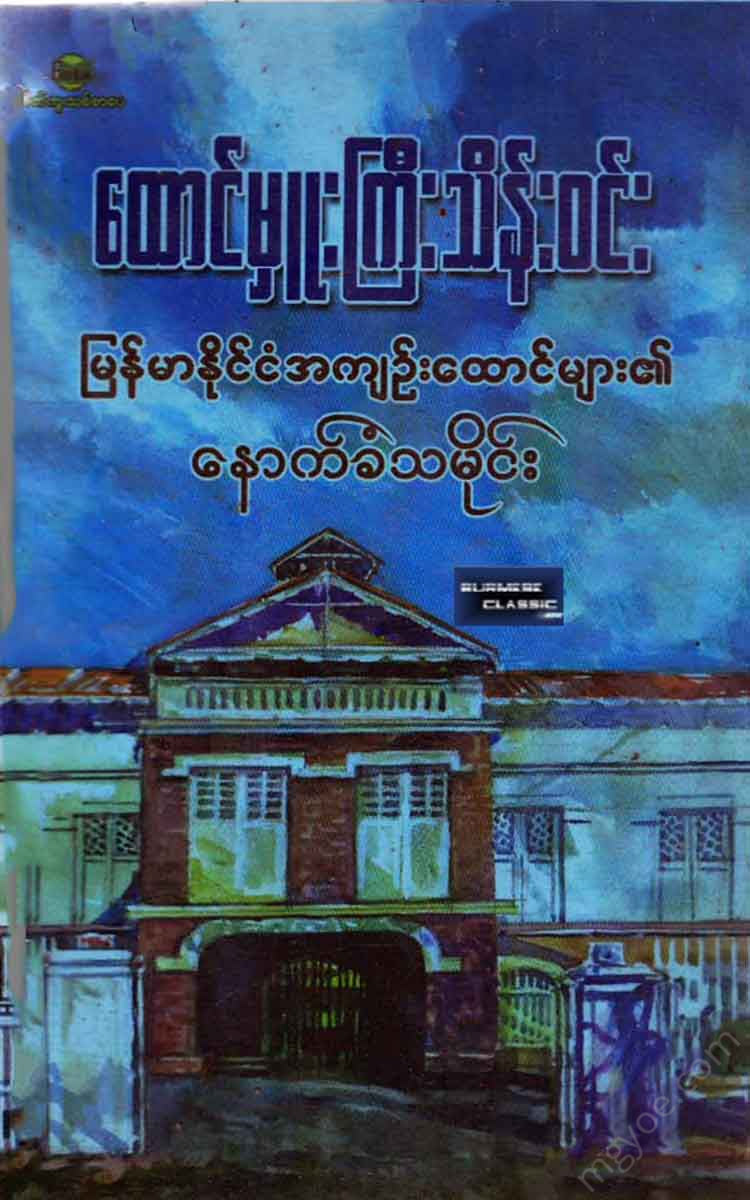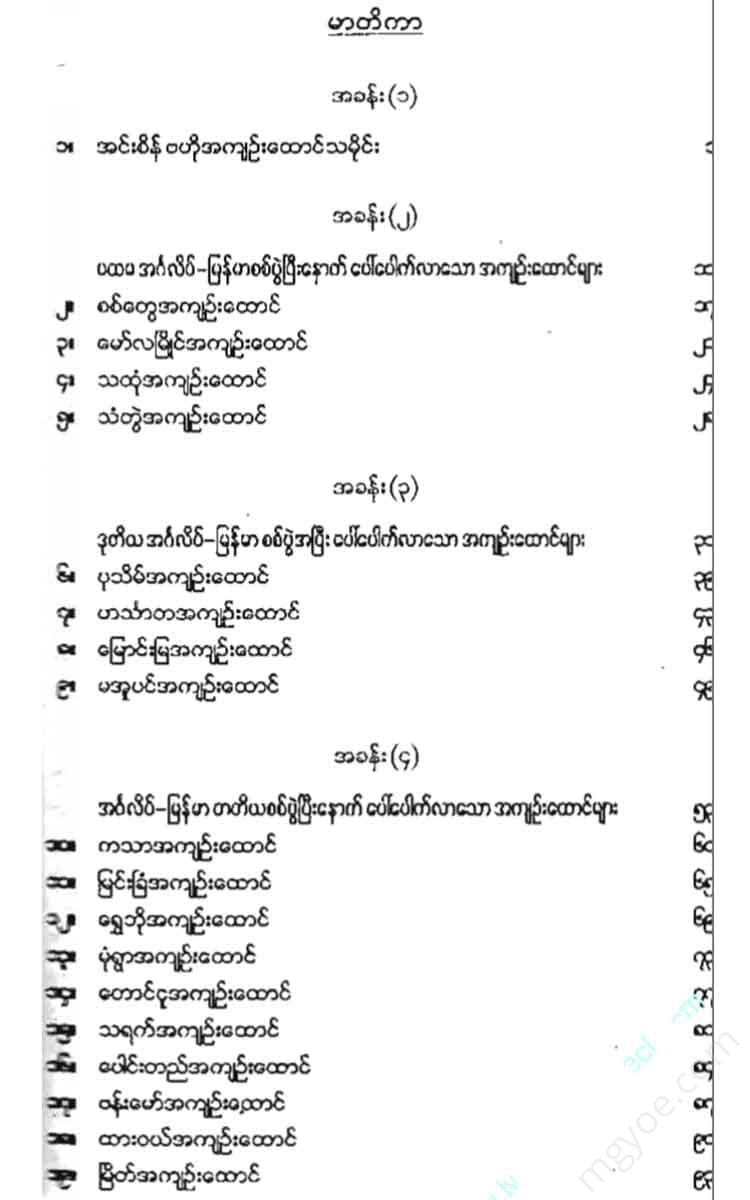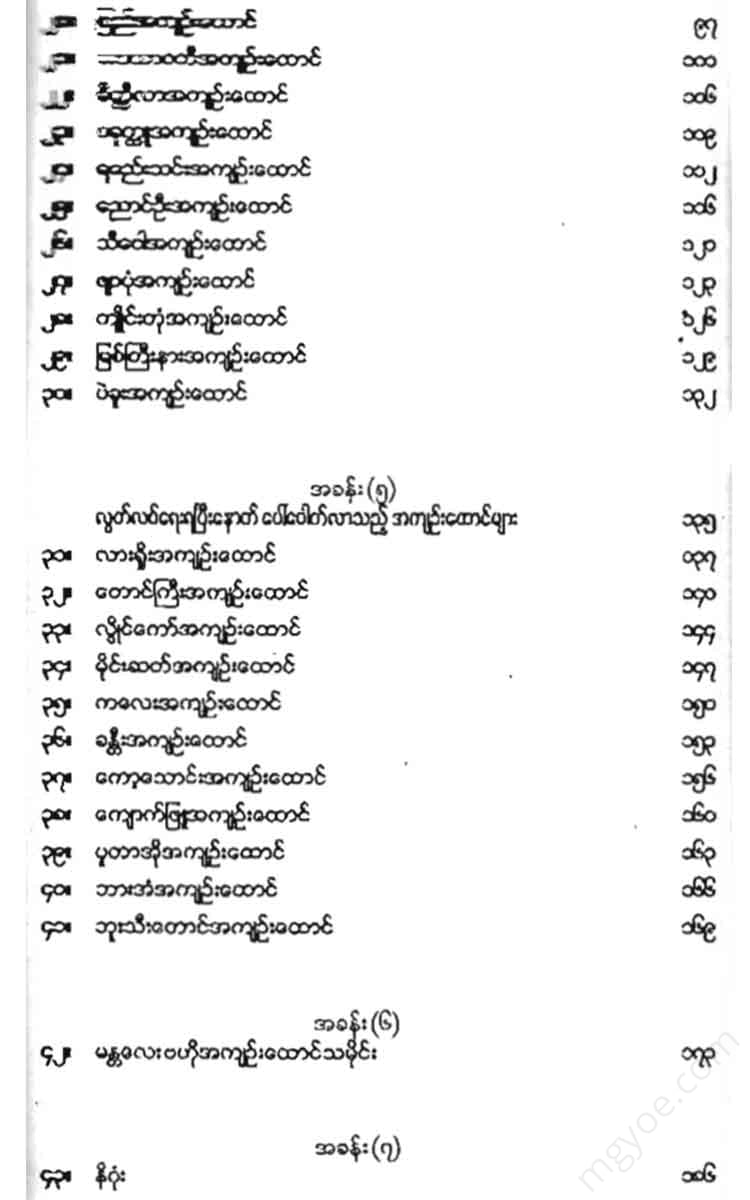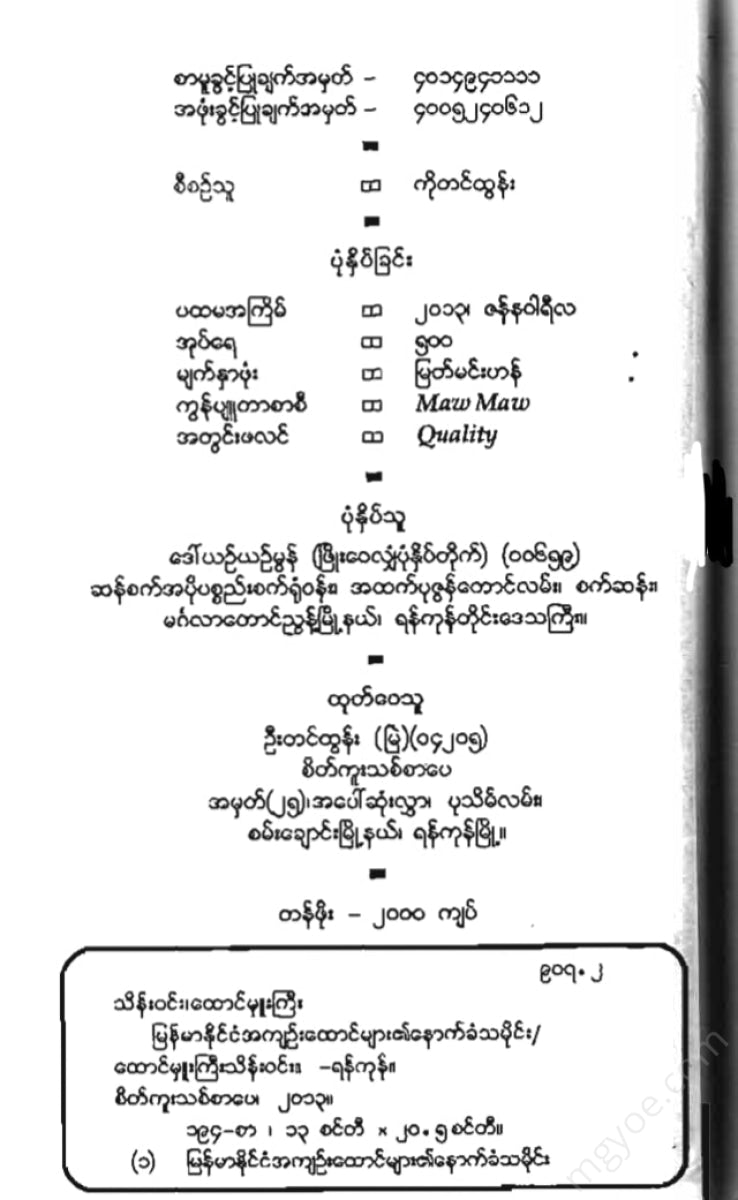Other Websites
Prison Chief Thein Win - The Background History of Myanmar Prisons
Prison Chief Thein Win - The Background History of Myanmar Prisons
Couldn't load pickup availability
After the Second Anglo-Burmese War broke out during the reign of King Bagan between 1852 and 1853, central Burma, including Yangon, fell under the control of the British colonialists.
The British capitalists, having conquered central Burma, intended to simultaneously conquer Upper Burma, which was then weak and had only a small area left, and expanded Yangon into a port city and systematically implemented its administration.
The British colonialists illegally occupied Burma, and the ethnic Burmese people who wanted to be their slaves resisted with weapons and patriotic spirit, often facing battles.
Then, in order to maintain order and order, the British imposed various sections on the Burmese people, arrested them, imprisoned them, and oppressed them.
Through this, the administration system was strengthened and established, with the establishment of ghats, offices, and prisons. The British practice of "British military leadership with blood mortar" is a strong testimony to this. This military leadership policy is ...
(a) To seize the entire country of Burma and exile the Burmese king.
(b) To destroy Burma and the entire Burmese nation.
(c) It was implemented with the aim of making all Burmese people bow down and submit to the British.
To implement these objectives, the prison department was opened in 1964 and placed under the supervision of the Chief of Police, who also supervised the sanitation and vaccination departments of the town and village.
In 1872, the former prison department was replaced by a separate prison commissioner, who was appointed to manage it. Such prisons were gradually expanded, and after the construction of Rangoon Prison in 1611, the construction of Insein Prison, the largest in not only Myanmar but also in Southeast Asia, began in 1909.
The situation in Insein before the prison was built
Before the prison was built, Insein was just a small village. The place where Insein was first built is now the village of Ywama. The village is surrounded by a large forest and is connected to the Mingalar Don forest. The present Mingalar Don was called Upper Mingalar Don and the current Insein area was called Lower Mingalar Don.
Construction of Insein Prison
Insein Prison was built in 1889 and opened in July 1892. Before the prison was built, the land where the Insein Prison is now located was occupied by Thayet, Kanasoe, and Pinnai farms, which were acquired by the British government with compensation and designated as the prison area.
After the construction of the double-walled Insein Prison, the land inside the prison was leveled and preparations were made to build dormitories. At that time, the Yangon Prison had already been built and opened, so prisoners who had served sentences of less than (6) months were brought from the Yangon Prison and forced to work on the construction of the Insein Prison. It is said that there were about (100) labor prisoners.
At that time, the buildings inside the double-walled prison had not yet been completed, so the labor prisoners were forced to sleep on the ground at night, even inside the prison walls.
The construction of the six dormitories was led by engineers and architects from outside the prison, not by prisoners. For the security of the prison and the prisoners, barracks were built in the eastern part of Insein Prison and military police were stationed and guarded.
At that time, the separate prison, now called the Joint Prison, had not yet been built, and the site was a field used for farming for labor prisoners and security police. It took four years to build the two-story prison wall and dormitories. When the wall was finished, the wall was painted red.
Insein Prison's location and size
Insein Central Prison is located on the bank of the Insein Hlaing River. The total area of the entire prison compound is (165 - 68) acres. Of this area, the area of the attached area is (14. 729) acres, and the land area of the staff houses and agricultural fields is (46•29) acres. If all of them are taken out, the land area of Insein Prison is (104. 746) acres. The location of Insein Prison is built facing the bank of the Insein, Hlaing River, and it is adjacent to the prison fence on the side of the road and is (1160) feet away from the front of the prison gate.
The shape of the prison building
When the British government built Insein Prison, they had already built prisons in some cities across Burma, so they designed and built Insein Prison according to their own wishes.
If you look at Insein Prison from above, you can see that it looks like an ancient pagoda. It has two walls, the outer wall is (18) feet high. The inner wall is (7) feet high. There is a (190) foot gap between the inner and outer walls.
The clock face has 16 corners. Inside the clock face, the prisoner dormitories are arranged in a two-story structure. In the center of the dormitories is a 63-foot-high central tower, and a large dining hall is built around the tower.
The two-story dormitories are built around the tower like a clock. The purpose is to allow prisoners and detainees to line up from the dormitories one by one when they are eating and to easily collect their meals from the large circular table.
One of the main purposes was to ensure that the guard on duty at the top of the tower could see all security-related issues, such as fights in the dormitories and attempts to escape over the walls.
A straight road was built from the large gate in the east of the prison to the central tower of the fort, and a road was built from south to north around the tower to the gate at the back of the prison.
On either side of the main road, there is a (9) foot high brick wall, and along the eastern side of the brick wall, there are (4) buildings, separated from each other by (10 feet) brick walls.
Prison administration
At the time of the construction of Insein Prison, the British had already built prisons in the major cities of Sittwe, Mawlamyine, Myeik, Pathein and Khon Kaen in the lower and central parts of Burma that they had occupied. It is believed that a large prison was opened in Insein, about 12 miles from Bong, and was built for the purpose of moral reformation. Therefore, Insein Prison was opened in July 1892.
At that time, the prisoners held in Insein Prison were divided into CASUAL RISONERS, HABITUAL PRISONERS, and CIVIL PRISONERS.







